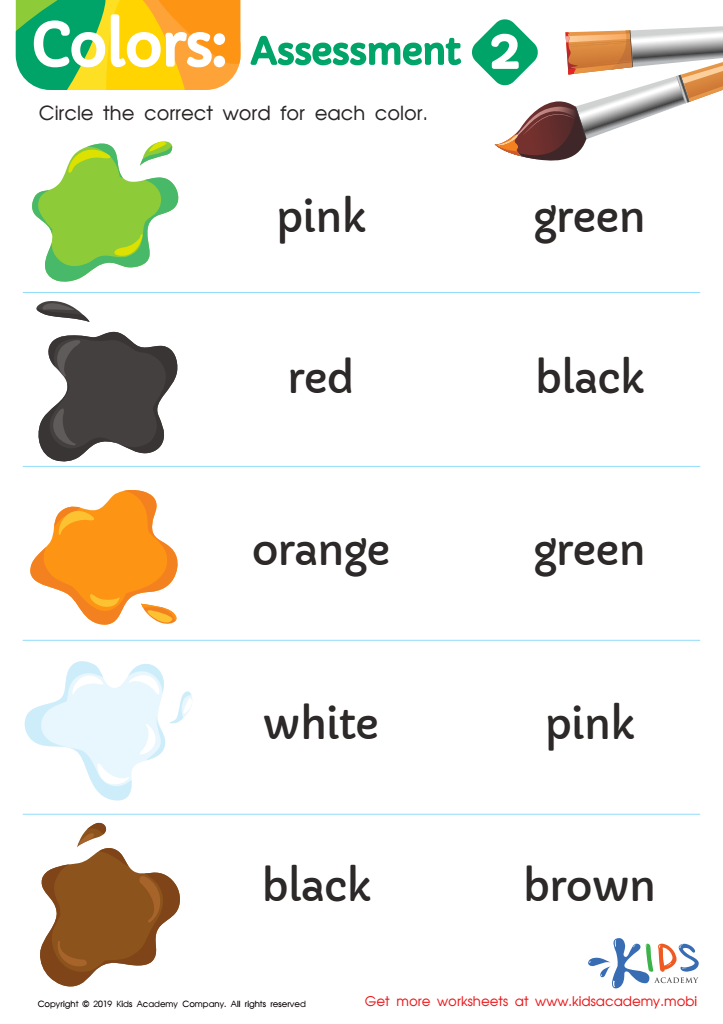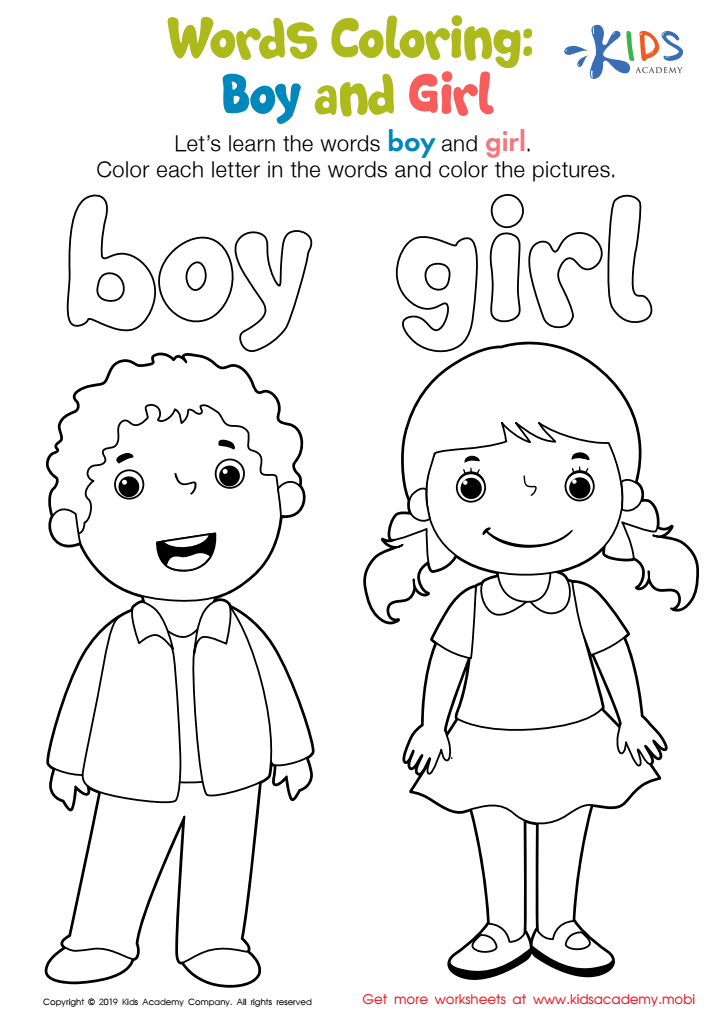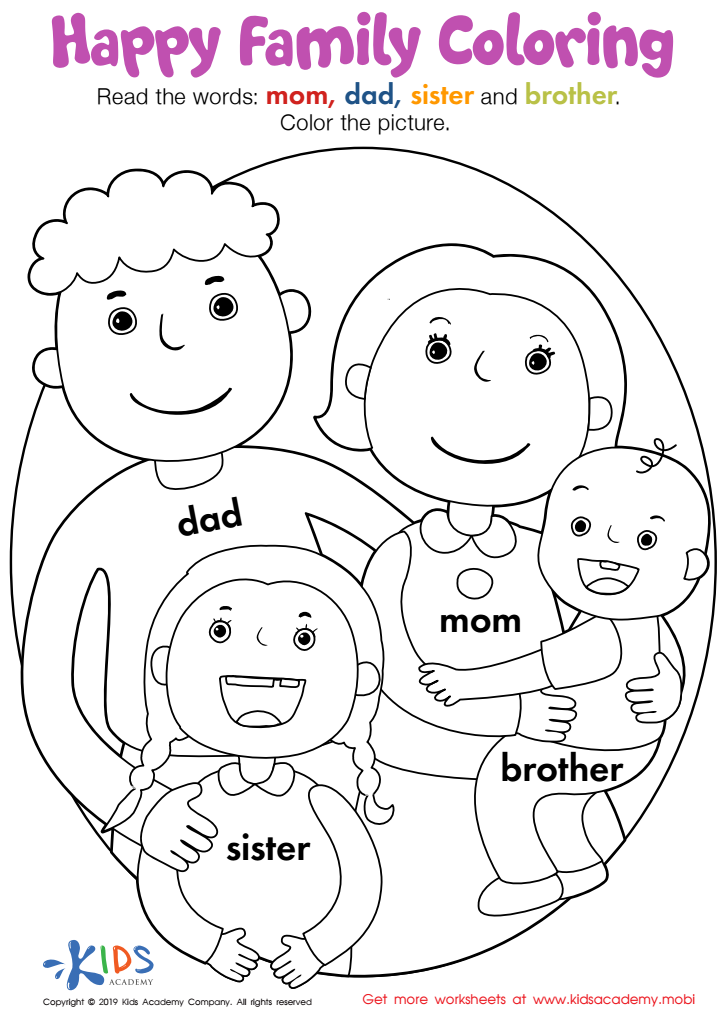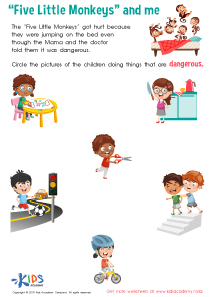Color recognition Easy Grade 2 Building Vocabulary Worksheets
6 filtered results
-
From - To
Discover our engaging "Color Recognition Easy Grade 2 Building Vocabulary Worksheets" designed to enhance your child's understanding of colors while building their vocabulary skills. These worksheets feature vibrant visuals and interactive activities that make learning fun and effective. Perfect for second graders, they promote creativity and critical thinking as students identify and describe different colors. By integrating color recognition with vocabulary development, these resources help reinforce essential language skills in a playful manner. Whether in the classroom or at home, our worksheets are ideal for fostering a love of learning. Empower your child to express themselves with confidence through colors!


Red and Blue Coloring Fun Worksheet


Colors: Assessment 2 Worksheet


Colors: Assessment 1 Worksheet


Boy and Girl Words Coloring Worksheet


Tired and Worried Words Coloring Worksheet


Happy Family Coloring Worksheet
Color recognition is a fundamental skill that offers numerous benefits for young learners in Grade 2, making it vital for parents and teachers to prioritize this aspect of education. Understanding colors helps children build their vocabulary and enhances their cognitive development. As students learn to identify colors, they simultaneously engage their observational skills, fostering attention to detail which is crucial for literacy and mathematics.
Moreover, color recognition can enhance creativity and expression in children. It forms the foundation for more complex subjects in art and science, allowing students to explore relationships between colors, emotions, and concepts like camouflage in nature. Introducing color in real-life contexts encourages interactive learning, helping children to connect their understanding with the world around them.
Additionally, learning about colors supports children's social skills as they often engage in cooperative play involving art projects or games. These interactions create opportunities for language development as children articulate their thoughts and choices.
By actively nurturing color recognition in students, parents and teachers not only facilitate foundational literacy but also build a rich environment for emotional and social growth, paving the way for their holistic development. Fostering an understanding of colors ultimately enriches students’ learning experiences and prepares them for future academic success.
 Assign to My Students
Assign to My Students
















